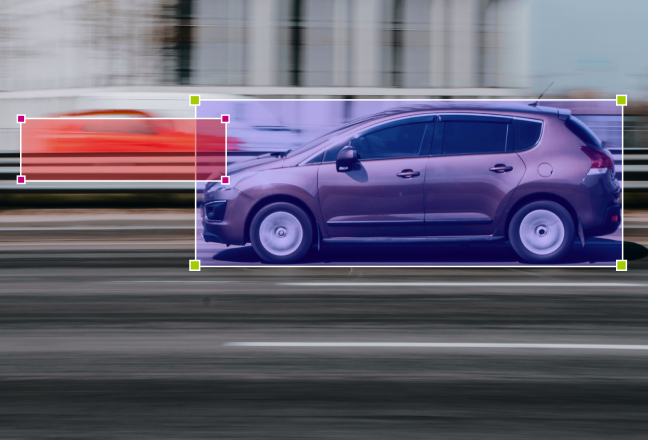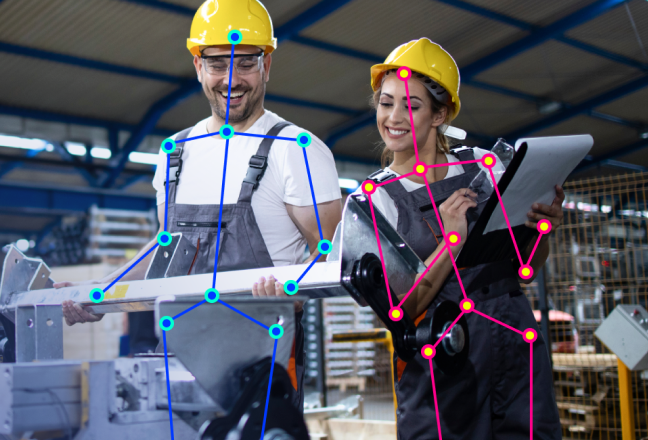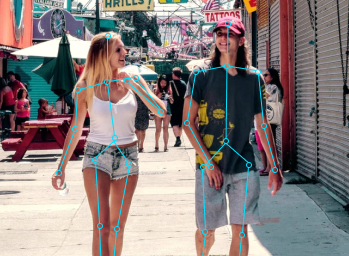Helping Our Client Create Next-Gen Hand Motion Tracking Technology Through 3D Model Annotation

Client Profile:
Industry: Smart Technologies
Location: France
Size: 10,000 +

Company Bio
The client develops technology for distant interaction with smart gadgets by guests. It can be used for gaming and different kinds of entertainment.
Service Provided: 3D Model Annotation
Business Challenge
The hand tracking technology developed by the client required extensive 3D model annotation to train the machine learning algorithms to track the users’ hand movements. The project was divided into two stages:
- Annotating datasets of 2D images with different hand poses by placing keypoints on hand joints.
- Adjusting 3D models of hands to the sequences of 2D images, which meant that the 3D model had to correctly represent hand poses from different angles of the sequence.
In addition to this, the client had their own proprietary tool in which the annotation work needed to be completed. It was very important for the client that the annotation provider was flexible to use this specific tool, could autonomously organize training of the project team, and get fully proficient with these tools in a very short term.
Why Mindy Support
The client chose Mindy Support because of our extensive experience in annotating 3D objects as well as annotating skeletons with keypoints. The project required only manual annotation. We completed a pilot project with the client, to give them peace of mind that our services absolutely meet their needs on quality, productivity, and general project management.
Solution Provided by Mindy Support
Mindy Support assembled a team of data annotators to work on the project. We started out by training the data annotators on how to use the client’s annotation tool. While the platform was quite unique, it proved challenging to perform 3D model validation inside this tool, but we met all client deadlines, and it was not a bottleneck during project actualization. Our project management team, which included a project manager, trainer, and quality manager, made sure that all details were taken into account and that the annotators had all the required knowledge about the project’s specifications.
Once the training aspect was completed, we moved on to performing the annotation work. While the first part of the project, annotating 2D images with keypoints, was relatively straightforward, the second part was much more complex. The data annotators needed to be extra meticulous when adjusting the 3D model to hand poses from different angles, and the annotators needed to have a good understanding of 3D objects because any incorrect movement could change the 3D model from another angle and cause mistakes. The team had a round of calibration with the client and several pilots before launching full-scale production. Finally, we had very good accuracy on production and received positive feedback from the client.
Results Delivered to the Client
The client was so happy with the results and how fast we learned how to work with the platform and meet deadlines that they decided to expand the project. We have been working on this project for 1.5 years, and the project continues to grow. Since we were able to deliver outstanding results to the client, they decided to trust us with additional projects as well.
GET A QUOTE FOR YOUR PROJECT
We have a minimum threshold for starting any new project, which is 735 productive man-hours a month (equivalent to 5 graphic annotators working on the task monthly).





